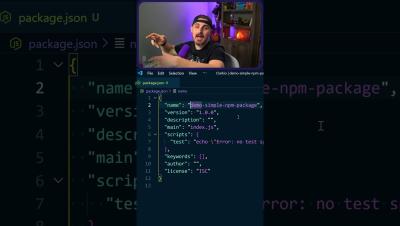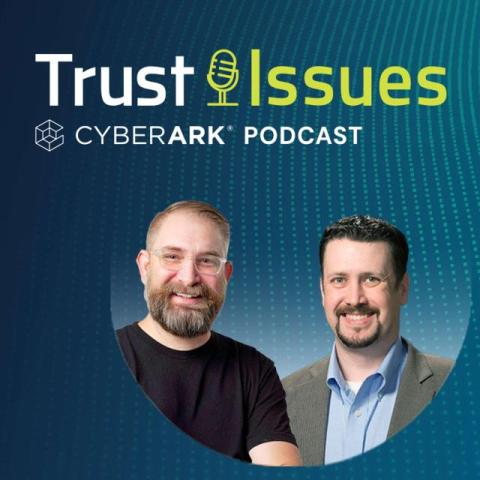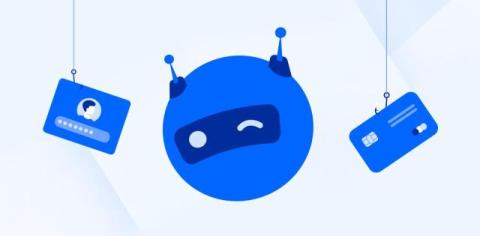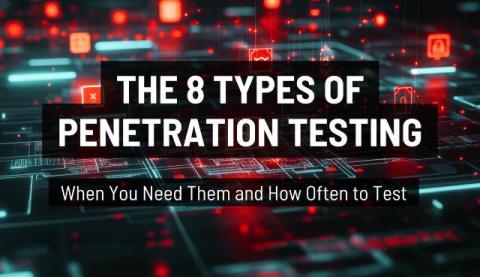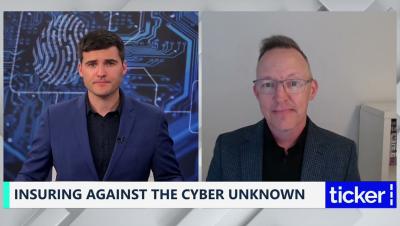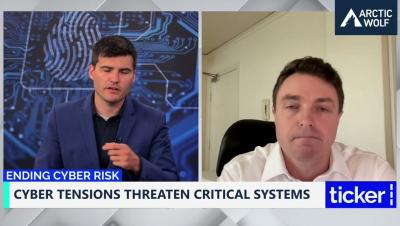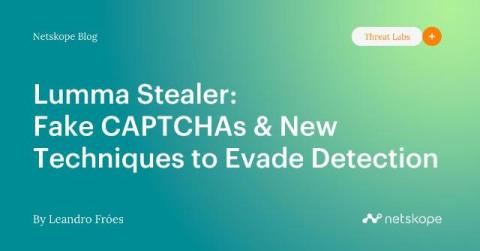CVE-2025-23006: Actively Exploited Vulnerability in SonicWall SMA1000 Appliances
On January 22, 2025, SonicWall published a security advisory detailing an actively exploited remote command execution vulnerability in SMA1000 appliances. The critical-severity vulnerability, CVE-2025-23006, is a pre-authentication deserialization of untrusted data vulnerability that has been identified in the SMA1000 Appliance Management Console (AMC) and Central Management Console (CMC). If exploited, it could allow unauthenticated remote threat actors to execute arbitrary OS commands.




